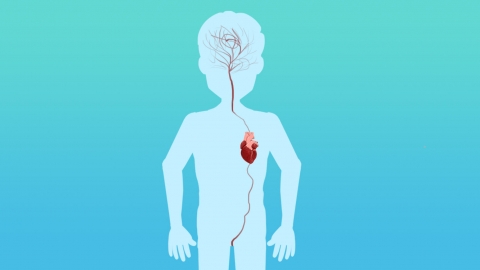What are the consequences of cerebral vascular occlusion?
Under normal circumstances, cerebral vascular occlusion may generally cause limb dysfunction, language impairment, cognitive decline, difficulty swallowing, and even life-threatening conditions. If any abnormalities occur, timely medical attention is recommended. Detailed explanations are as follows:

1. Limb dysfunction: Cerebral vascular occlusion leads to cerebral ischemia and hypoxia, damaging the areas controlling limb movement. This may cause limb weakness, numbness, or even inability to move normally. Severe cases may result in hemiplegia, affecting basic movements such as walking and grasping.
2. Language dysfunction: Brain tissue responsible for language may be damaged due to ischemia, resulting in slurred speech, difficulty expressing oneself, or inability to understand others' speech. Some patients may completely lose their ability to speak, affecting normal communication.
3. Cognitive decline: Cerebral vascular occlusion can impair the function of the cerebral cortex, potentially causing memory loss, difficulty concentrating, slowed thinking, and other cognitive issues. As the condition progresses, the patient's judgment and problem-solving abilities may significantly decline, affecting their capacity for independent living.
4. Difficulty swallowing: Brain tissue controlling swallowing may be damaged due to ischemia, causing disordered coordination of swallowing movements and coughing while eating. Severe cases might lead to aspiration, causing lung infections and increasing physical burden.
5. Life-threatening risks: If the cerebral vascular occlusion is extensive or located in critical areas such as the brainstem, it may impair fundamental life functions like breathing and heartbeat. Severe conditions such as coma or respiratory failure may develop rapidly, directly endangering life safety.
If symptoms such as dizziness or limb numbness—resembling those of cerebral vascular occlusion—occur, immediate medical evaluation is necessary. Maintaining a low-salt, low-fat diet and engaging in moderate exercise in daily life can help prevent cerebrovascular diseases.






